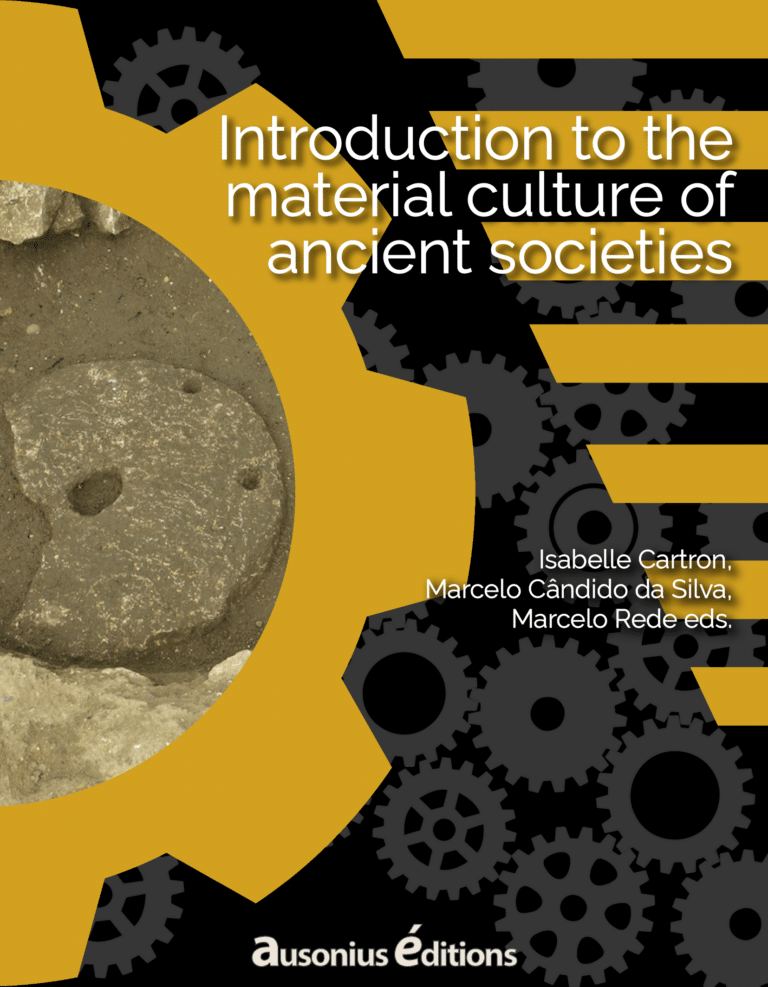The history of maritime trade begins under the rule of Ptolemy II (283-246 BC), who initiated Greek seafaring on the Red Sea. Indeed, after Alexander the Great, war elephants had become part of Hellenistic armies. Ptolemy II, who could not obtain Indian war elephants, decided to have them hunted in East Africa and brought back to Egypt. This policy was taken up by his successors. Consequently, stopovers and hunting bases were founded along the western coast of the Red Sea and the coast of present-day Somaliland, as far as Cape Gardafui, allowing the Greeks to improve their knowledge of East Africa and the Red Sea navigation. From the beginning of the 2nd century BC, however, war elephants were not used any longer. Yet, this did not put an end to Greek presence in the Red Sea, since merchant (Greek: emporoi) took the place from hunters. However, whereas they could sail as far as the Bab el-Mandeb Strait and Aden, they were prevented from going further by the Arabs, until around 125 BC, when a shipwrecked Indian captain was rescued by the coastguard of King Ptolemy VIII. He promised in return to show how to get to India by direct route through the southwest monsoon and how to sail back when the monsoon had reversed. In fact, the Greeks were now able to reach Indian markets. This was a decisive step in the Indian Ocean trade, which increased in volume and changed in nature, with new ‘exotic’ products being introduced into the Mediterranean.
According to Strabo, there were fewer than twenty ships crossing the Bab el-Mandeb Strait before the battle of Actium (30 BC). But, he adds, once the Roman administration was established in Egypt, one hundred and twenty ships crossed it each year. In fact, the annexation of Egypt was a turning point, given that the Romans, who had been demanding Indian Ocean goods for more than a century, now controlled Alexandria and the Red Sea ports. This caused imports to rocket and led to the significant increase in maritime traffic referred to by Strabo. However, it should be borne in mind that the Romans were not the only ones be involved in this trade system: they had to share benefits with other players (Indians, Persians, Palmyrenians, Aksumites, etc.).
The sea routes are described in a document dating to the mid-first century AD (entitled Periplus of the Erythraean Sea), whose author describes the main ports of call in the western Indian Ocean, from the Egyptian ports of the Red Sea as far as Cape Delgado (Mozambique) and the Ganges delta. He lists the goods that can be brought there and the cargo that could be loaded. He provides a description of three main maritime routes – but one must keep in mind the Indian Ocean trade also included land and river routes.
Some emporoi were content to stay in the Red Sea, loading goods at Adoulis (Zulah, Eritrea) while others, more interested in aromatics, perfumes and spices, headed for Mouza (al-Mukha, Yemen). Other merchants, on the other hand, crossed the straits to make the East African circuit. Leaving Berenice in July, they sailed a coastal trade, selling and buying as they went, until they reached the furthest port of call (Rhapta, Mozambique). Finally, there were emporoi that headed for North-West India (Barygaza (Bharuch)) or South India (e.g., Mouziris, in the Kochi region), with large ships. The outbound journey started in July and India could be reached in October. The ships would leave back around December-January and arrive around March, at which time Mediterranean shipping would resume. This route was the privilege of those who could benefit from the financial support of the senatorial elite.



